Engineering Geology Programme
Our Curriculum Overview
Engineering Geology for Resilient Infrastructure and Built Environment
Aim:
The programme aims to provide knowledge and skills in engineering geology that is vital to investigation, project planning and execution of construction projects. Graduates will develop the ability to assess and make recommendations on the geological factors regarding location, design, construction, operation and maintenance of engineering works for project implementation.
The programme covers subject matter on interpretation of land forms, geophysical processes, and site conditions required for various development works, besides other essential content.
Upon successful completion of the programme, graduates will be able to:
1. Explain the physics of the earth’s interior with emphasis on earth’s structure, physics of minerals and compositional models
2. Describe the geological processes leading to types of land forms and resources in Bhutan
3. Analyze the interaction between natural environment and the climate
4. Compute earthquake hazards and its effects using different methods for planning the construction projects
5. Define the fundamental elements of engineering seismology in relation to seismic hazards
6. Identify structural geology and rock deformation due to planet earth plate motions
7. Apply the principles of Geo-environmental Engineering and Geotechnical aspects for planning and design of hazardous waste landfills
8. Assess the terrain with reference to geomorphological processes to provide engineering solutions.
9. Explain the variation in the occurrence, movement, and distribution of ground water hydrology system
10. Carry out detailed geophysical surveys and site investigation on soil and rock through field tests and prepare geotechnical or engineering geology report.
11. Identify the various hazards and apply risk management techniques for emergency and crisis management
12. Execute the underground tunnelling techniques and solve the complexity of underground excavations
13. Communicate effectively through different mediums for both technical and nontechnical audiences
14. Engage stakeholders through collaborative initiatives
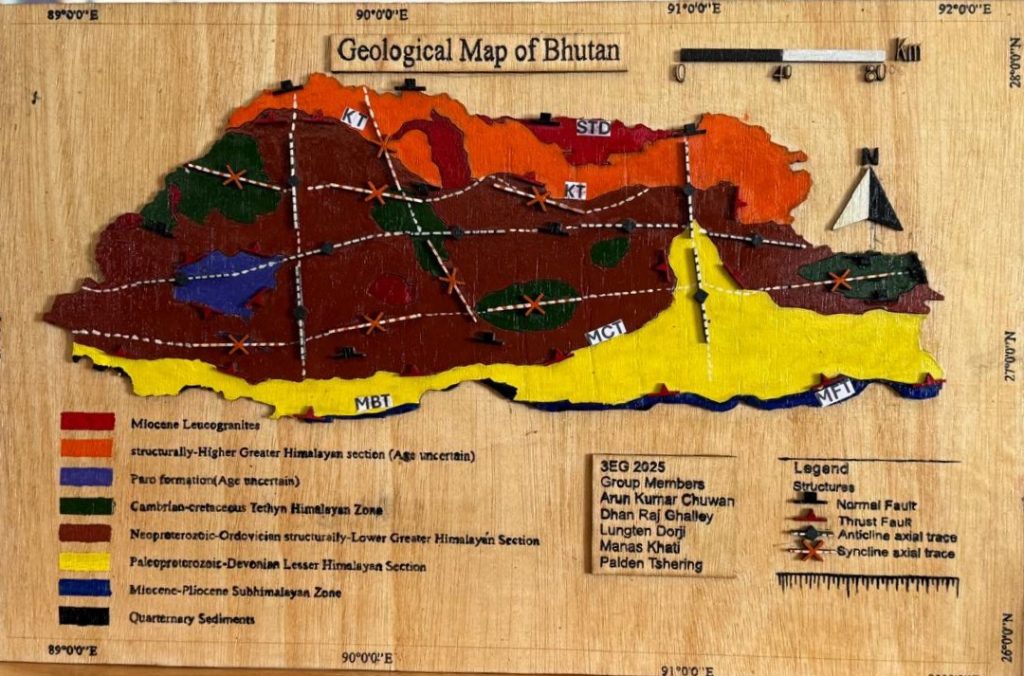


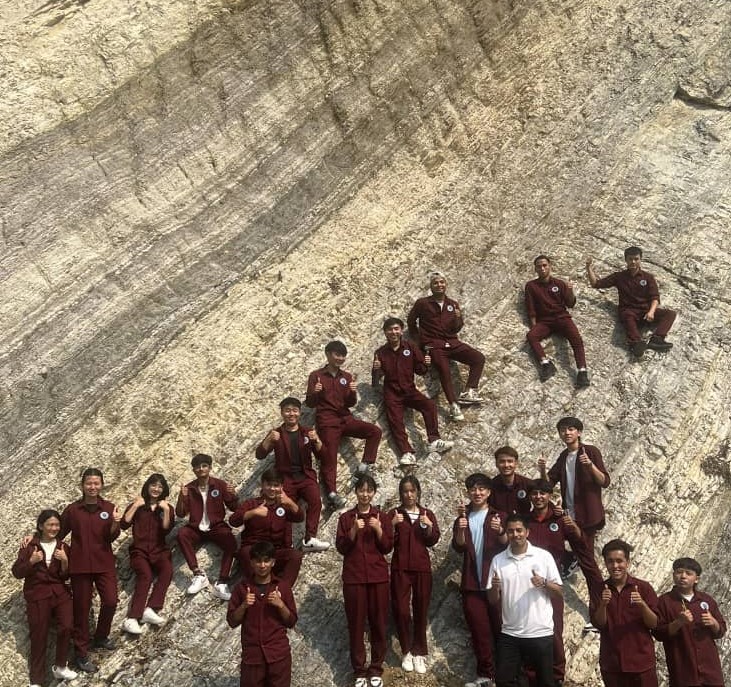
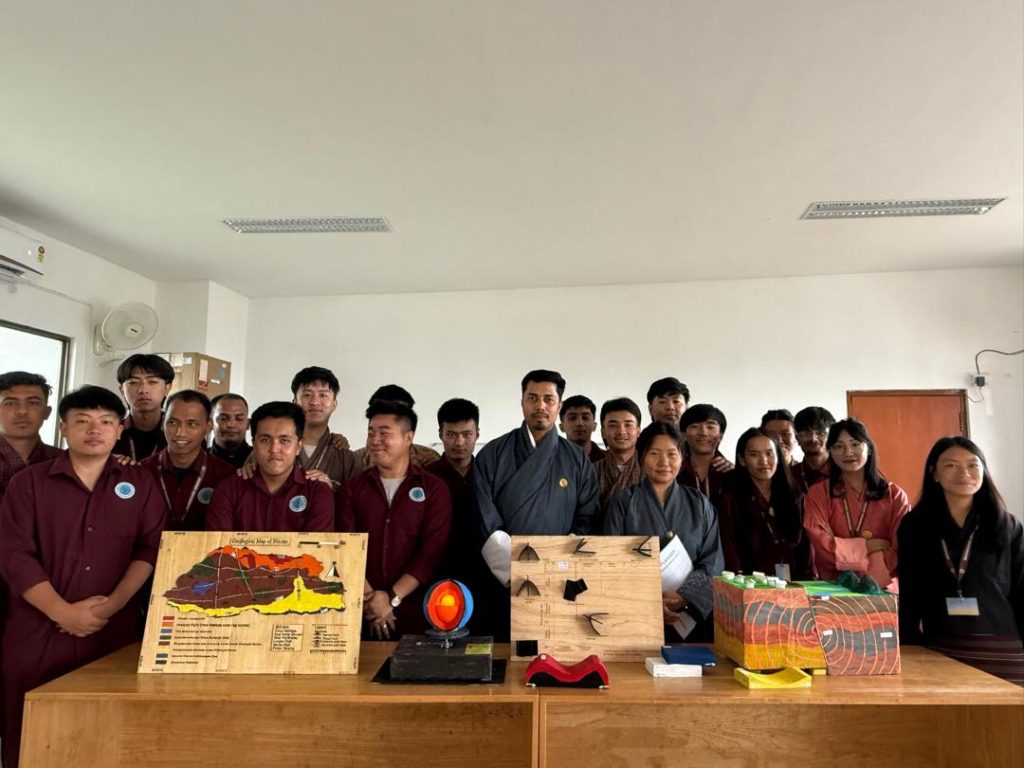
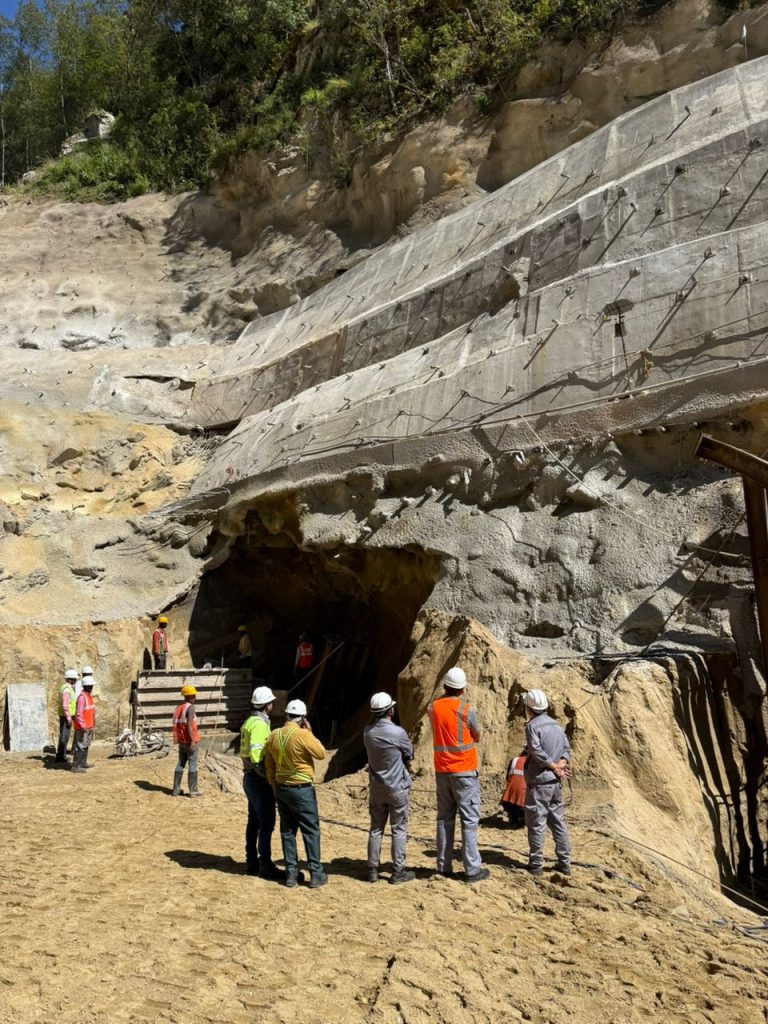

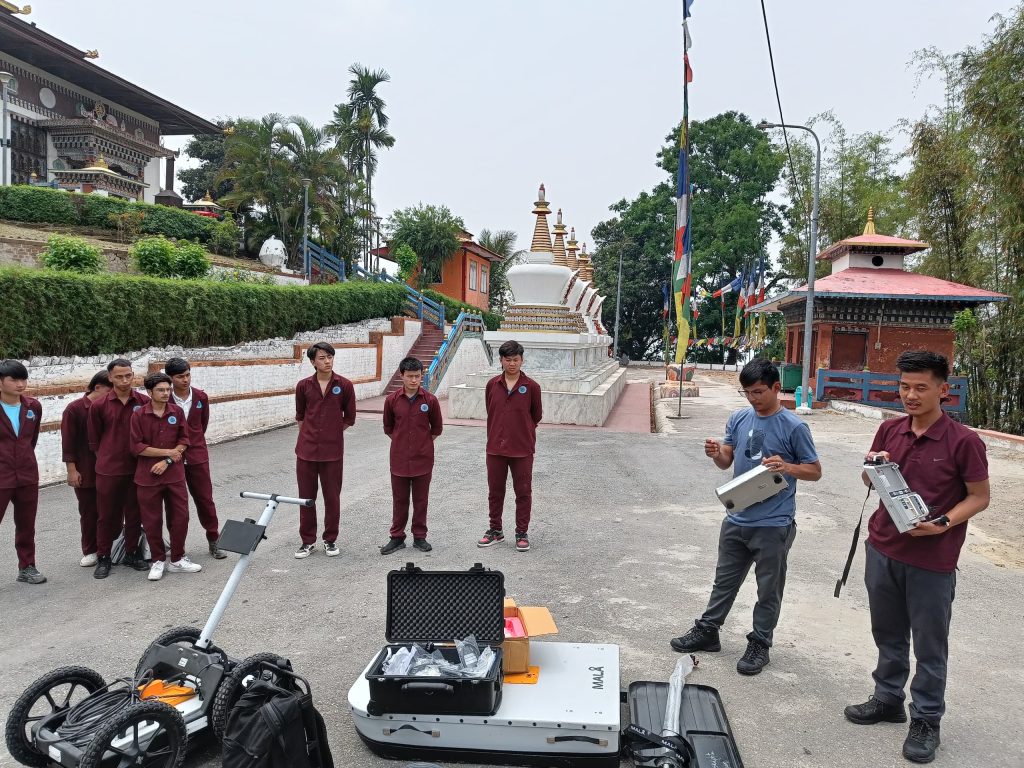
Highlight of main modules

Rock Mechanics
This module enables students to explain the geological setting of rocks and rock masses, differentiate between intact rocks and rock masses, and define failure criteria using various methods. Students will interpret the importance of rock mass classification for engineering applications, measure key physical characteristics such as discontinuities and joints, and calculate the shear strength of rock. They will also learn to analyze rock slope stability and propose suitable mitigation measures, as well as estimate the bearing capacity of foundations on rock.

Tunnelling and Underground Excavation
By undertaking this module, students will learn to analyze and interpret both surface and underground geological maps, and conduct geological site investigations using proper techniques to assess ground conditions. They will identify various types of earth-moving equipment and evaluate their effectiveness for different ground types. Students will also explain the importance and effectiveness of drilling and blasting in tunnelling, classify different tunnel types and tunnelling methods, and analyze potential construction challenges. Furthermore, they will be able to propose appropriate support measures to ensure safe and effective tunnel construction.
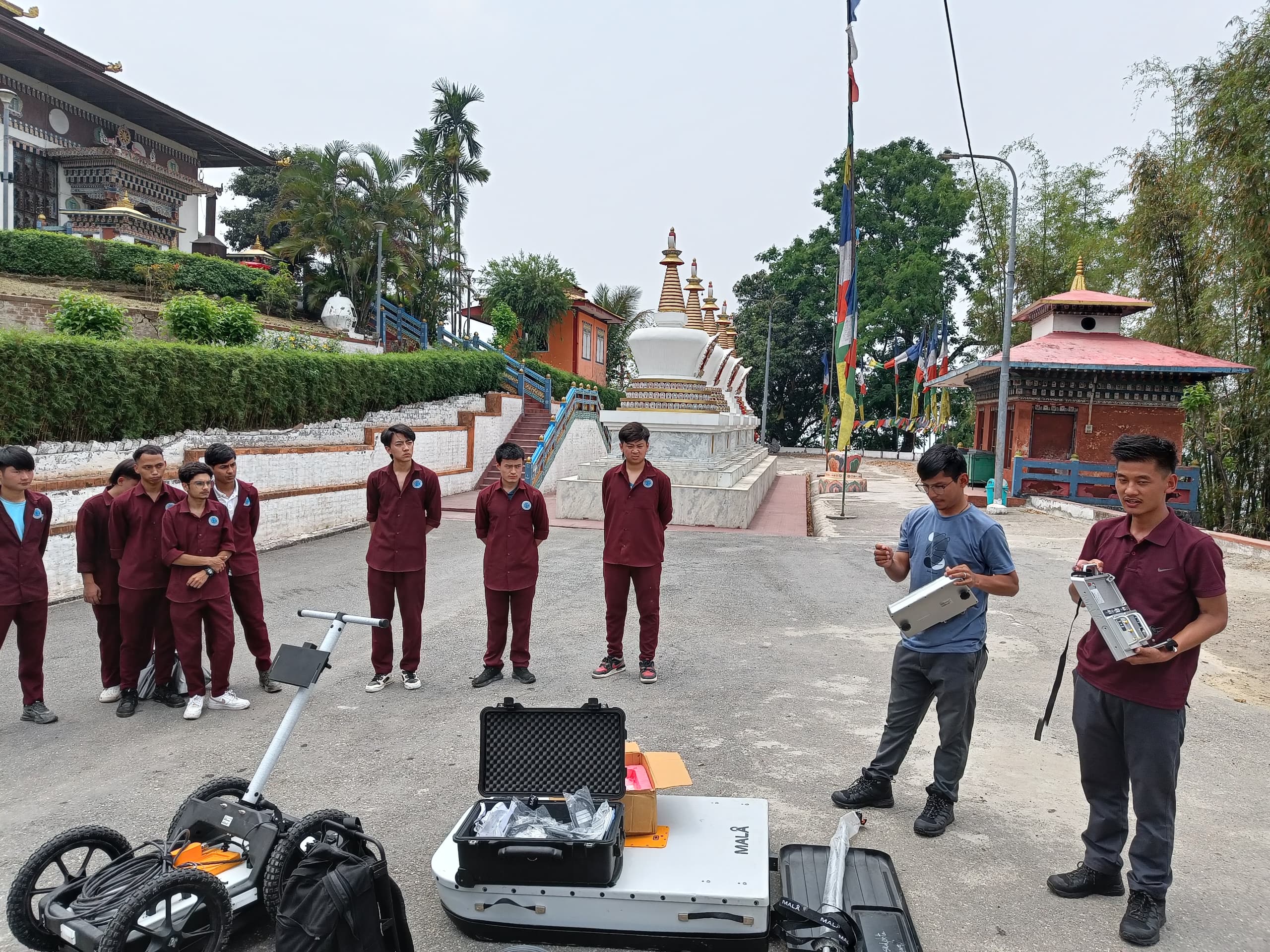
Applied Geophysics
This module will enable students to relate geophysical techniques to appropriate engineering geology applications. It will provide students hands-on experience with geophysical instruments and covers the principles of seismic refraction and reflection, resistivity tomography, GPR, and potential methods such as gravity and magnetic. Students will also learn to collect, process, evaluate, and validate data for accurate interpretation, and apply airborne geophysics effectively in ground investigation as well.
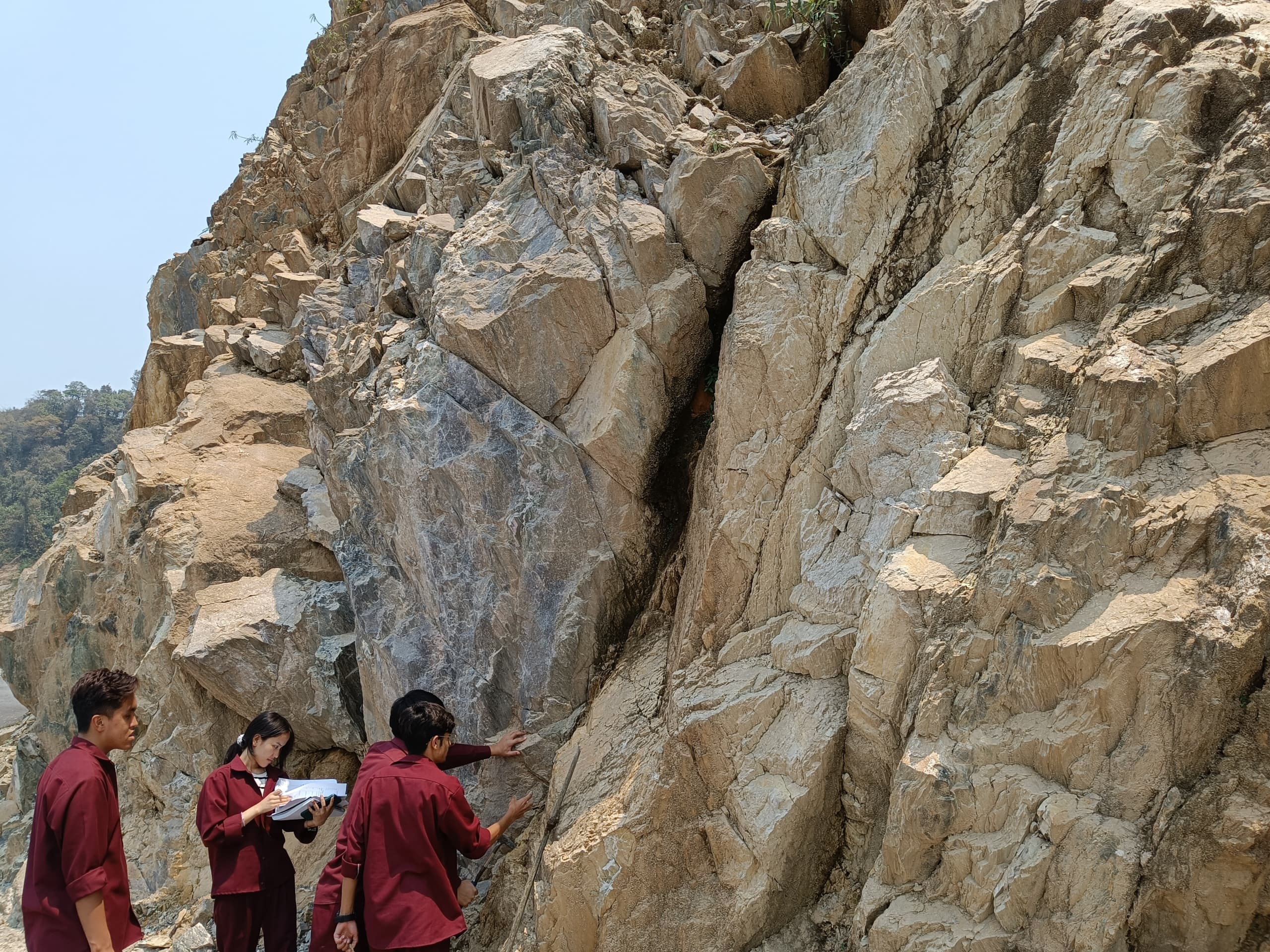
Strucutural Geology
In this module, students will learn to describe geometrical structures in folded, faulted, and thrusted regions, and apply geometric methods to determine structural attitudes and dimensions. They will determine the nature of contacts using structural contours and describe how rocks behave under stress. Students will apply rheological models to interpret rock flow, perform descriptive geometry analyses to calculate fault offsets from maps, and interpret the relative timing of structural formation across deformed continental regimes. Additionally, they will plot Flinn diagrams in 2D and 3D to classify deformation, apply strain-measurement techniques, and analyze the geometry, displacements, and strains associated with various stress regimes.

Geological Mapping and Field Excursion
This module will equip students with ideas to assess relief, drainage, lithology, and key tectonic and sedimentary features from appropriate images, and to explain the geological processes involved in sedimentary basin formation and their infill. Students will develop an appreciation of geological time and the timescales of Earth processes, observe and evaluate rock textures, fabrics, and sedimentary deformation structures in the field, and construct geological maps and cross-sections. They will also learn to write a geological report summarizing the geology and history of a mapped area, describe the causes and effects of earthquake-induced landslides in Bhutan, and organize, manage, present, and interpret field data using GIS.